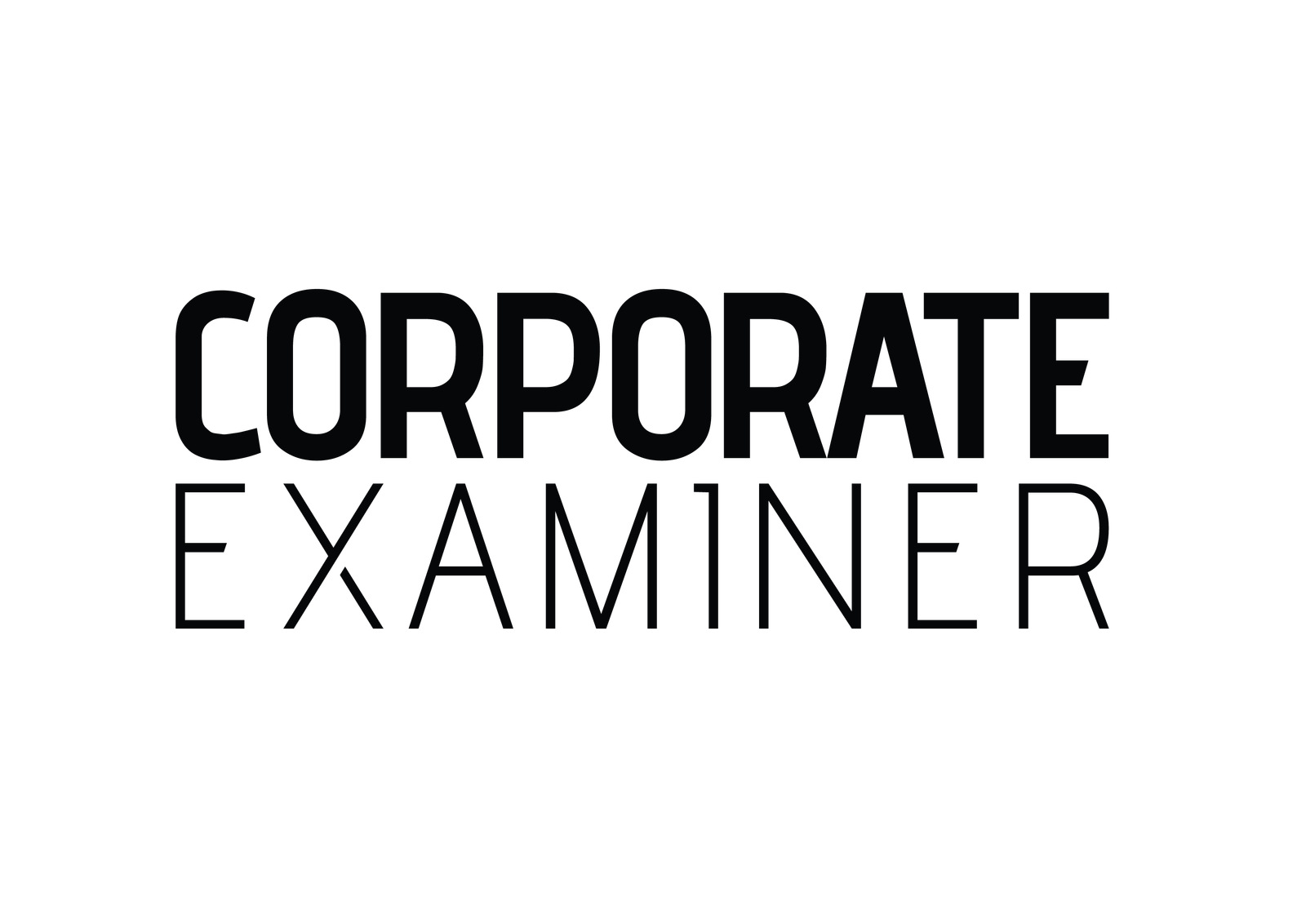Leadership changes can upset even the strongest teams. Without a solid leadership succession planning process, companies might lose their way. A smooth transition needs more than just a new leader—it requires a succession planning strategy that keeps everyone on track.
Research shows 70% of employees feel unsure during leadership shifts. But, firms with a clear plan see a 30% drop in disruptions. Starting early can increase the chance of meeting goals by 40%. Sadly, half of businesses don’t have a backup for their top leaders, which hinders growth.
Key Takeaways
- 30% smoother transitions happen when plans are clear
- 70% of employees crave better communication during changes
- Companies with “shadow” mentoring see 25% better leadership readiness
- 60% of businesses ignore long-term successor development risks
- Regular updates to plans every 12–18 months reduce legal and regulatory issues
Understanding Leadership Succession Planning
Leadership succession planning is a strategic process. It ensures continuity when key roles change. It’s not just about replacing a CEO but building a succession planning framework for all critical positions.
This proactive approach safeguards organizational stability. It preserves values and operations even during unexpected leadership shifts.
Importance of Effective Succession Planning
Effective succession planning prevents operational gaps when leaders leave. It covers positions vital to daily functions, like department heads or managers. Without a clear leadership succession planning strategy, companies risk losing institutional knowledge and facing financial instability.
For instance, 87% of firms acknowledge skill gaps. Cross-training is essential to fill these voids. A well-designed framework also reduces hiring costs by promoting from within, leveraging existing expertise.
Common Myths About Succession Planning
Myths like “it’s only for top executives” or “it’s a one-time task” hinder progress. In reality, succession planning applies to all roles critical to business success. It’s an ongoing process requiring regular updates.
Another myth is that it’s reactive. The best frameworks are dynamic, using tools like the 9-box grid to assess performance and potential. Flexibility ensures readiness for sudden changes, like sudden departures or economic shifts.
Key Benefits for Organizations
Organizations gain resilience through clear succession plans. They mitigate risks by identifying successors early and addressing skill gaps. Companies with transparent processes see higher employee engagement, as cross-training boosts confidence in future leadership.
With 14% of firms excelling in global leader training, those adopting structured frameworks stay ahead. Regular evaluations of the succession planning framework ensure alignment with evolving business needs. This fosters long-term success.
Identifying Potential Leaders
Building a strong executive leadership development pipeline begins with finding future leaders. Many overlook internal talent, who know the company best. Yet, only 33% of leaders trust their talent choices—a problem the succession planning process must fix. Look for traits like adaptability and decision-making to ensure they fit the company’s goals.
Characteristics of Effective Leaders
Great leaders have strategic vision, emotional intelligence, and fit well with the company culture. They show curiosity about trends and solve big problems. Leaders who care about their team’s well-being and mentorship create a positive work environment. These qualities are more important than how long someone has been there or their technical skills.
Tools for Talent Identification
Tools like 360-degree reviews and skills gap analyses reveal hidden talent. AI-driven succession planning software cuts bias by 40% in picking candidates. Regular meetings to review performance keep growth in line with business goals.
Creating a Talent Pipeline
A proactive succession planning process means growing a diverse group of leaders. Give them chances to work in different areas and tackle big projects. Being open about career paths helps keep talent, which is crucial for groups that are underrepresented. Regular talent reviews keep the pipeline fresh and address skill gaps.
Developing Leadership Skills
Building future-ready leaders needs careful executive leadership development. Companies must go beyond basic training. They should focus on both technical and soft skills. A solid leadership transition plan helps candidates get real-world experience through projects and working across departments.
Training Programs and Workshops
Structured programs like executive education and workshops are key. They help candidates learn to make strategic decisions. For example, Microsoft uses simulations to test leaders in crisis situations.
This ensures they can handle real-world challenges. Cross-functional rotations also help. They expose participants to different operations, helping them understand the business as a whole.
Mentorship and Coaching
Pairing new leaders with experienced ones speeds up their growth. At IBM, mentorship programs involve shadowing senior leaders. This helps participants learn about managing stakeholders and making ethical decisions.
Regular coaching sessions also help. They address any skill gaps, making sure candidates meet organizational goals.
Performance Evaluations
Quarterly reviews check how well candidates are doing against their goals. Metrics like team performance and project completion rates show growth. Companies like Salesforce link evaluations to personal development plans.
They adjust strategies if candidates don’t meet expectations.
Creating a Succession Plan Framework
Building a succession planning framework begins with clear goals. Companies must first outline key elements like role benchmarks and talent pipelines. A solid framework helps assess skills gaps, track leadership readiness, and ensure smooth transitions.
Without this structure, companies risk losing vital knowledge when key employees retire or leave.
Core Elements of the Framework
Every succession planning framework needs role profiles that list skills, competencies, and experience for key roles. Include timelines for transitions, risk assessments for vacancies, and criteria for evaluating candidate strengths. Tools like competency matrices and talent reviews help organize this data.
Regular audits of employee demographics, like retirement eligibility and tenure, reveal at-risk roles and potential successors.
Steps to Build Your Plan
Begin by getting leadership buy-in and engaging stakeholders. Use succession planning tools like skills gap analyses and mentorship programs to find high-potential employees. Assign a dedicated team and document steps clearly.
Tools like succession software or talent dashboards make tracking progress and candidate readiness easier.
Maintaining the Plan’s Relevance
Annual evaluations keep the framework up-to-date with changing leadership needs or market conditions. Metrics like promotion rates of internal candidates or reduced recruitment costs show the plan’s success. It’s important to stay flexible—update the framework every 12–18 months to keep it relevant and aligned with organizational goals.
Engaging Current Leadership in the Process
Getting current leaders involved is key to making succession plans work. Senior teams need to shape the process. This ensures continuity and trust in the organization.
Involving Senior Leaders
Senior leaders set the tone for succession planning. Microsoft chose Satya Nadella after reviewing 100 candidates. This shows the importance of thorough internal talent reviews.
Regular talent reviews every 6-12 months keep assessments up-to-date. Cross-department collaboration brings diverse perspectives. Senior executives should share their knowledge through mentorship programs. This reduces risks when key roles change.
Fostering a Culture of Growth
Leadership teams should make succession planning a continuous effort, not just a one-time task. Organizations like Salesforce make succession part of performance appraisals. This links development goals to business objectives.
Promoting from within boosts morale. Companies that promote internally see 40% higher retention rates. Diversity initiatives are also crucial—nonprofits without diverse leaders face transition challenges, according to the Building Movement Project.
Strategies for Open Communication
Clear communication is vital during transitions. Harvard Business Review notes that poor CEO transitions cost S&P companies $1 trillion annually. Open dialogue can prevent these risks.
Regular updates on leadership transition plans keep teams on the same page. Boards should share clear timelines and roles. Tools like the 9-box grid help visualize talent readiness. Grantmakers can support nonprofits by funding transition planning workshops. This ensures all stakeholders feel informed and valued.
Adapting to Change in Leadership
Smooth leadership transitions need careful planning and flexibility. A good leadership transition plan keeps things running smoothly while helping new leaders grow. Only about one-third of companies have a solid succession planning strategy in place. Steps like mentorship and performance reviews help new leaders adjust fast.

Managing Transition Periods
Good transitions start with clear timelines and sharing knowledge. The Hay Group’s seven-step process helps with this. It includes overlapping roles between old and new leaders. Regular meetings and documented workflows keep everyone on the same page.
For example, a three-year CEO transition timeline lets skills transfer gradually. It builds confidence in the new leader.
Addressing Resistance to Change
Teams might resist when leadership styles change. Open forums and one-on-one talks help address these concerns. The NCHL White Paper suggests profiling future roles and using assessments to check candidate readiness.
Being open about the succession planning strategy lowers uncertainty. It helps everyone understand and support the change.
Maintaining Organizational Stability
Documenting core processes is key during leadership changes. Best practices include annual checks on candidates and training for middle managers. This keeps important knowledge and project momentum.
Regular evaluations, as Korn Ferry Hay Group advises, make sure skills match business needs.
Measuring Success in Succession Planning
Succession planning is more than just making a plan. It needs constant checks to make sure it meets the company’s goals. Start by setting clear goals to track progress, like how many people are promoted or how well high-potential employees stay. These succession planning best practices help turn vague plans into real actions.
Key Performance Indicators (KPIs)
Watch KPIs like how many key roles are filled by people already working there. Seeing a 30% increase in internal hires in a year means your talent pipeline is strong. Aim to keep 90% of your best employees, as losing them can be expensive. Also, try to fill key roles in under 30 days to see if you’re ready.
Check these numbers often to tweak your succession planning process.
Gathering Feedback from Employees
Feedback from employees can show what you’re missing. Surveys and exit interviews can highlight where you need to improve. For example, if leaders say succession planning is key but only 14% do it well, feedback can help fix this.
Ask teams about their experiences with mentors or how clear their career paths are. This helps make your strategies better.
Continuous Improvement Strategies
Keep updating your plan based on what you learn. If you see more turnover among your best people, look at your career paths or mentorship. Regularly checking in on your talent, like every six months, keeps your plans current.
Companies that adapt their succession planning best practices see a 25% better chance of reaching their goals. Always be improving to build a strong leadership team.
Case Studies: Successful Succession Planning
Real-world examples show how succession planning strategy makes companies strong. It turns risks into chances for growth. For example, companies with good plans can see their market value go up by $112 billion.
“Succession planning is not a checklist—it’s a living process.” — Corporate Leadership Council
Insights from Industry Leaders
GE and Microsoft show the power of long-term plans. They groomed leaders like Steve Ballmer for years. Procter & Gamble and Unilever focus on the right skills for the market.
These companies show that succession planning best practices are part of daily work. They make sure leaders are ready for the future.
Lessons from Failed Succession
Coca-Cola’s mistake with Doug Ivester cost them a lot. But James Quincey’s 20-year journey from within saved the company. His rise shows patience and training are key.
Best Practices to Implement
Start early, like Johnson & Johnson did. They link leadership plans to business goals. Create talent pools, not just stars.
Coca-Cola and IBM show the importance of diversity and planning. IBM chose Ginni Rometty for her skills, not just her name. HP’s problems show the need for clear goals and plans.
These stories prove that succession planning best practices make leaders valuable. They are not just risks.
The Future of Leadership Succession Planning
Leadership changes are now a must, not just a choice. With 86% of companies focusing on leader development, the future is all about being ahead. As older leaders leave and new tech comes in, businesses need to update their succession planning process to keep up.
Trends Shaping Leadership Development
Today’s leaders need more than just skills. They must be emotionally smart, flexible, and tech-savvy. The 70-20-10 model helps in training, with 70% hands-on, 20% coaching, and 10% formal learning. Big names like Microsoft and IBM are already using this approach to prepare leaders for changing times.
Embracing Technology in Succession Planning
Tools like SAP SuccessFactors and Workday are changing how we find and grow leaders. Harvard Business Review says these succession planning tools can cut hiring time by 17%. They help spot skill gaps and track progress, making transitions smoother. Plus, they help avoid bias, leading to more diverse leadership teams.
Preparing for Global Leadership Challenges
Global leaders need to work well across cultures. Companies like Unilever and Procter & Gamble are training their leaders for this. It’s also key to follow laws and understand local talent needs. PwC suggests regular checks to improve success by 22%.
Succession planning is not a one-time thing. It’s ongoing, needing to be flexible and based on data. Leaders who mix old wisdom with new tools will lead their companies to success, even in tough times.
FAQ
What is leadership succession planning?
Why is effective succession planning important?
What are some common myths about succession planning?
What are key characteristics to look for in potential leaders?
What tools can be used for talent identification in succession planning?
How can organizations create a talent pipeline?
What strategies can be used to develop leadership skills in succession candidates?
What should be included in a strong succession plan?
How can current leadership support the succession planning process?
What are some best practices for measuring success in succession planning?
How can organizations adapt to change during leadership transitions?
What trends are shaping the future of leadership succession planning?
Source Links
- Succession Planning: 20 Tips For A Smooth Transition Of Leadership – https://www.forbes.com/councils/forbesbusinesscouncil/2024/08/16/succession-planning-20-tips-for-a-smooth-transition-of-leadership/
- Foster Success with Succession Planning – https://www.dhrglobal.com/insights/ensuring-leadership-continuity-with-succession-planning/
- A Comprehensive Guide To The Leadership Succession Planning Process – https://www.forbes.com/councils/forbesbusinesscouncil/2022/10/26/a-comprehensive-guide-to-the-leadership-succession-planning-process/
- A Comprehensive Guide to Leadership Succession Planning | Together Mentoring Software – https://www.togetherplatform.com/blog/a-comprehensive-guide-to-leadership-succession-planning
- Succession Matters: Accurate identification of leadership potential – https://www.kornferry.com/insights/this-week-in-leadership/succession-matters-accurate-identification-of-leadership-potential
- 20 Strategies For Navigating Effective Succession Planning – https://www.forbes.com/councils/forbeshumanresourcescouncil/2024/02/02/20-strategies-for-navigating-effective-succession-planning/
- 10 Essential Steps for Effective Leadership Succession Planning – https://thetrainingassociates.com/effective-leadership-succession-planning/
- What Is Leadership Succession Planning & Why Does it Matter? – Betterworks – https://www.betterworks.com/magazine/developing-effective-leadership-succession-planning/
- PDF – https://hr.nih.gov/sites/default/files/public/documents/2021-03/Succession_Planning_Step_by_Step_Guide.pdf
- Succession Planning: All You Need To Know [2025 Edition] – https://www.aihr.com/blog/succession-planning/
- Engaging in Succession Planning – https://www.shrm.org/topics-tools/tools/toolkits/engaging-succession-planning
- 11 Succession Planning Best Practices to Follow in 2025 – https://www.aihr.com/blog/succession-planning-best-practices/
- Succession Planning for Nonprofits/ Managing Leadership Transitions – https://www.councilofnonprofits.org/running-nonprofit/governance-leadership/succession-planning-nonprofits-managing-leadership
- Stronger Consulting – Adaptation and Effective Succession Planning for Leaders – https://strongerconsulting.com/adaptation-and-effective-succession-planning-for-leaders/
- Succession planning: An investment in leadership continuity and success | AHA Trustee Services – https://trustees.aha.org/articles/1331-succession-planning-an-investment-in-leadership-continuity-and-success
- How to Measure Progress in Succession Planning | SIGMA Assessment Systems – https://www.sigmaassessmentsystems.com/measuring-success/
- 10 Succession Planning Metrics You Should Know – https://www.aihr.com/blog/succession-planning-metrics/
- Resource Blogs – https://www.successionhr.com/resources-blog/measuring-success-kpis-for-succession-planning-and-goal-achievement
- McDonald’s Succession Planning Case Study | SIGMA Assessment Systems – https://www.sigmaassessmentsystems.com/mcdonalds-succession-case-study/
- Case studies of successful succession planning | Testlify – https://testlify.com/top-case-studies-of-successful-succession-planning/
- Coca-Cola’s CEO Succession Planning Case Study | SIGMA Assessment Systems – https://www.sigmaassessmentsystems.com/coca-colas-succession-planning-case-study/
- Succession Planning: The Future of Leadership | Prismforce – https://prismforce.com/blog/succession-planning
- Succession Planning Simplified | Build Future Leaders with Adrenalin Max – https://www.myadrenalin.com/blog/succession-planning-101-preparing-for-the-future-of-leadership
- Leadership Succession Planning – https://www.bridgespan.org/insights/succession-planning







